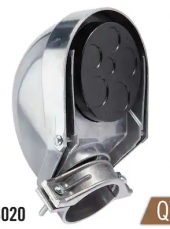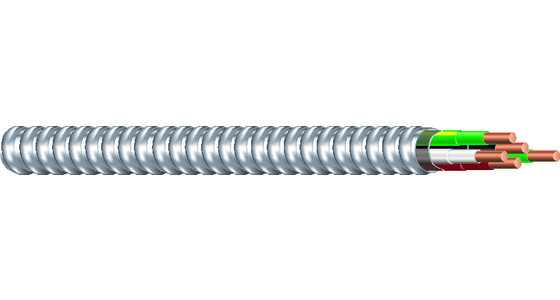Perhaps "MC" meaning "Metal Clad", not "MC" meaning "Multi-Contact" (which of course refers to connector, not wire and insulation.)
Metal-Clad (MC) Cable is used every day in the electrical industry. The true conduit benders hate it. The value engineering people love it. MC Cable is really a great product, has a wide variety of uses, and can be installed to look good
www.jadelearning.com
Applying Code requirements correctly will help keep your photovoltaic (PV) installations safe and operating smoothly

www.ecmweb.com
"
DC conductors in a building
Section 690.31(E), “Direct-Current Photovoltaic Source and Output Circuits Inside a Building,” was revised in the 2011 NEC. The 2008 language associated with this section was confusing and, in many cases, led to interpretations that included AC circuits. In 2011, the main language of this section was clarified, and four subsections were added to help further define the requirements associated with the DC conductors running in buildings.
The general rule states that the DC source and output circuits from a PV array shall be contained in metal raceways, MC cable that complies with 250.118(D), or metal enclosures from the first point of penetration to the first readily accessible disconnecting means. One of the clarifications addresses that this requirement is intended for the DC circuits only — not any AC circuits associated with the inverter’s output. The inclusion of MC cable was new to 2011, so be sure to make sure your AHJ is accepting that change if you plan to use this wiring method."
I think best to have PV DC wires inside EMC or IMC/Rigid. Metal conduit.
The question would be whether photovoltaic wire (what IS the proper name, if not "MC"?) can be used inside conduit. It is already water proof, but not intended for direct burial. It's extra thick insulation might mean in a cable, bundle, conduit it would need further derating. Normal use is in free air, which allows more cooling and higher ampacity.






